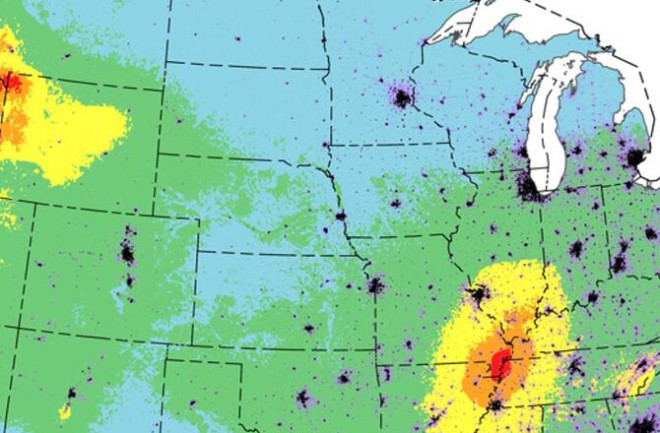The continent-spanning nature of the United States means that we have a lot of different geologic conditions. The eastern half of the country is in the (mostly) stable part of the North American plate while the western half (including Alaska) is in the much more dynamic part of the plate. However, that doesn't mean that the earthquake hazards that our cities face is only a worry for someone living in California.
How Worried Should You Be About Earthquakes in the US?
The most recent analysis of earthquake hazards in the US reminds us that our country has a lot of potential for shaking.

Part of the USGS map showing the chance of damaging shaking due to an earthquake in the US. Credit: USGS.
Newsletter
Sign up for our email newsletter for the latest science news
0 free articles left
Want More? Get unlimited access for as low as $1.99/month
Stay Curious
Sign up for our weekly newsletter and unlock one more article for free.
View our Privacy Policy
Want more?
Keep reading for as low as $1.99!
Already a subscriber?
Find my Subscription
More From Discover
Stay Curious
Subscribe
To The Magazine
Save up to 40% off the cover price when you subscribe to Discover magazine.
Copyright © 2025 LabX Media Group

